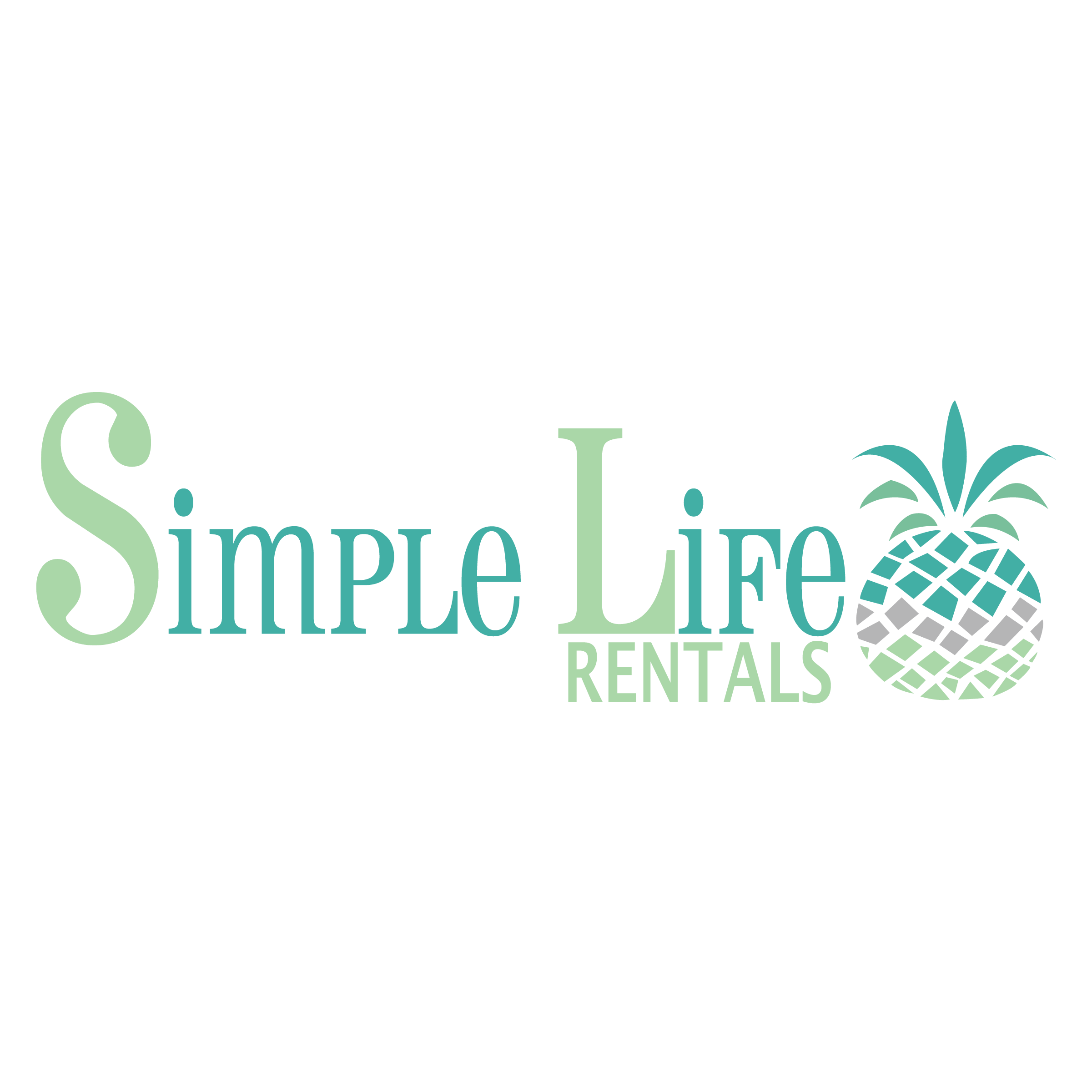The inspection is one of the last steps to getting your property set up and ready for renters. This isn’t like your typical building inspection that most people can relate to, but instead, it’s a health inspection.
The inspector looks for several key things when going through the property. The following is a checklist that can be helpful when preparing for the inspection. This is not everything an inspector looks for but highlights the areas that are often deficient in an inspection.
- Carbon Monoxide Alarm(s): If fuel-burning appliances* are present in the dwelling, you must have a carbon monoxide alarm installed outside of the sleeping rooms, in the immediate vicinity of the sleeping rooms. If all sleeping rooms are off of a short hallway, one carbon monoxide alarm may be adequate. If sleeping rooms are separated by floor levels or in different areas of the dwelling, additional carbon monoxide alarms will be required. Also, if a sleeping room has a fuel-burning appliance inside of the sleeping room, an additional carbon monoxide alarm is required inside the sleeping room. Install all alarms per the manufacturer’s instructions.
- Smoke Alarms: Each dwelling must have at least one unexpired smoke alarm installed. It is recommended that you have additional unexpired smoke alarms so that a smoke alarm is located inside each sleeping room, and outside the sleeping rooms on each floor level. Check the smoke alarms to make sure that they are not more than 10 years old. If there is no manufacturer date on the alarm, or if the manufacture date is older than 10 years, the smoke alarm will be considered expired. Install all alarms per the manufacturer’s instructions. If you are replacing expired smoke alarms and they are battery-only powered, it is recommended that you replace them with the 10-year tamper-resistant sealed battery alarm
- Well Water Test Report: For dwellings that receive water from a private well, a coliform bacteria test is required. You must provide a laboratory report from a certified laboratory that indicates the well water was tested for coliform bacteria and indicates no presence of coliform bacteria in the well water.
- Utensil Sanitizing: Whenever multi-use glasses, ice buckets, or other utensils are provided for a guest, the items must be washed, rinsed, and sanitized before being provided for use by a different guest. A sanitize rinse must be a distinct rinse from the washing step.
- Guardrails: Decks, patios, and balcony areas where the fall distance is more than 24 inches must be protected by a guardrail that is at least 36 inches high and has no inside spaces wider than 4 inches.
- Handrails: A securely fastened handrail is required on staircases with more than 3 risers
- Bunk beds: A guardrail is required for the top bunk. The guardrail should be constructed to meet the Consumer Product Safety Commission standards. Review the diagram for bunk guardrail dimensions included with the application.
- Slip Resistant Shower and Bath Tubs: Provide a slip-resistant mat or other slip-resistant material for shower or bathtubs that do not have a manufactured slip-resistant surface.
- Door locks: Doors for entering or leaving the house must be key locking from the outside and non-key locking from the inside.
- Septic Tanks: Septic tank covers must be secured with chain and lock or with fasteners that require the use of tools to open the cover. Septic systems must be maintained in good working order.
- Beds and Linens: Mattress covers must be provided. If sheets are provided there must be a sheet foldback over the blanket at the head of the bed of at least 12 inches. Sheets and pillow slips must be laundered between each rental. Blankets must be kept clean. Separate containers for hauling soiled and clean linens are required.
